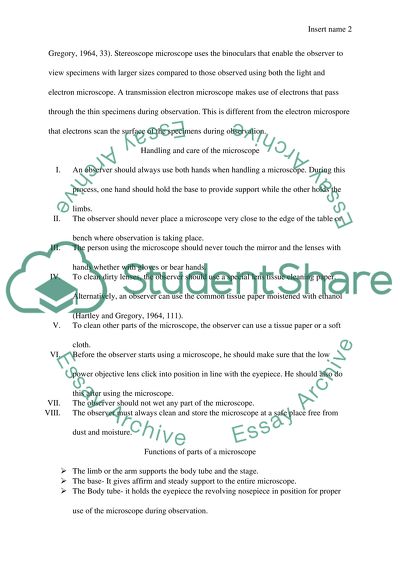Cite this document
(“How to use a Microscope Essay Example | Topics and Well Written Essays - 1250 words”, n.d.)
Retrieved from https://studentshare.org/technology/1483466-how-to-use-a-microscope
Retrieved from https://studentshare.org/technology/1483466-how-to-use-a-microscope
(How to Use a Microscope Essay Example | Topics and Well Written Essays - 1250 Words)
https://studentshare.org/technology/1483466-how-to-use-a-microscope.
https://studentshare.org/technology/1483466-how-to-use-a-microscope.
“How to Use a Microscope Essay Example | Topics and Well Written Essays - 1250 Words”, n.d. https://studentshare.org/technology/1483466-how-to-use-a-microscope.


